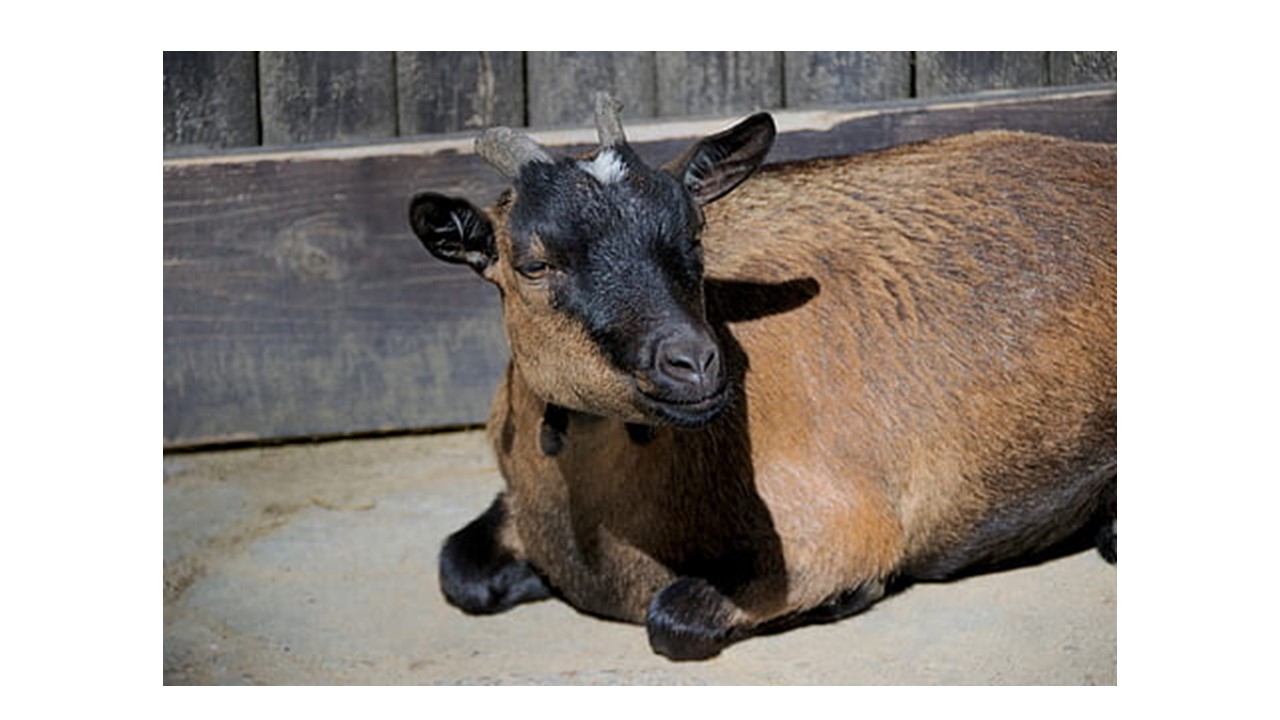Pregnant animals require extra care and attention due to how vulnerable they are when they get to this stage. Healthy animals lead to increased productivity and ultimately income generation. Today’s article focuses on one of the major conditions which affects ewes and does during their last stages of pregnancy. This condition is even more severe when there is twinning. The condition known as pregnancy toxaemia is not bound by geographical location or by season and once it occurs, it is almost always fatal and death normally occurs 2-10 days after onset of disease
CAUSAL FACTORS
This is a metabolic disease which occurs when the nutrition provided cannot meet the demands of the growing foetus. The body tries to compensate for this resulting in the abnormal breakdown of carbohydrates. This process leads to the production of some by-products which when accumulated are harmful to the animal and developing foetus. Major contributing factors to this condition are:
- Poor nutrition
- Obese ewes/does
- Hormonal imbalance
- Heavy worm load
- Harsh weather conditions
SIGNS
- Loss of appetite
- Depression
- Lethargy
- Convulsions
- Recumbency
CONTROL AND PREVENTION
It is necessary to pay close attention to the diet and body condition score of animals especially during pregnancy. Ewes and Does must be kept in very good body condition and must be fed with high quality roughage especially during the last 6 weeks of pregnancy.
TREATMENT
Early detection is important for a successful therapy. Treatment is aimed at increasing the blood glucose level. This is done either by oral or intravenous administration of glucose. The glucose requirement of the ewe/doe can be reduced by inducing parturition. However, especially if it is a first time pregnancy, there could be difficulties with delivery and surgery would be the way out to save the young ones.

